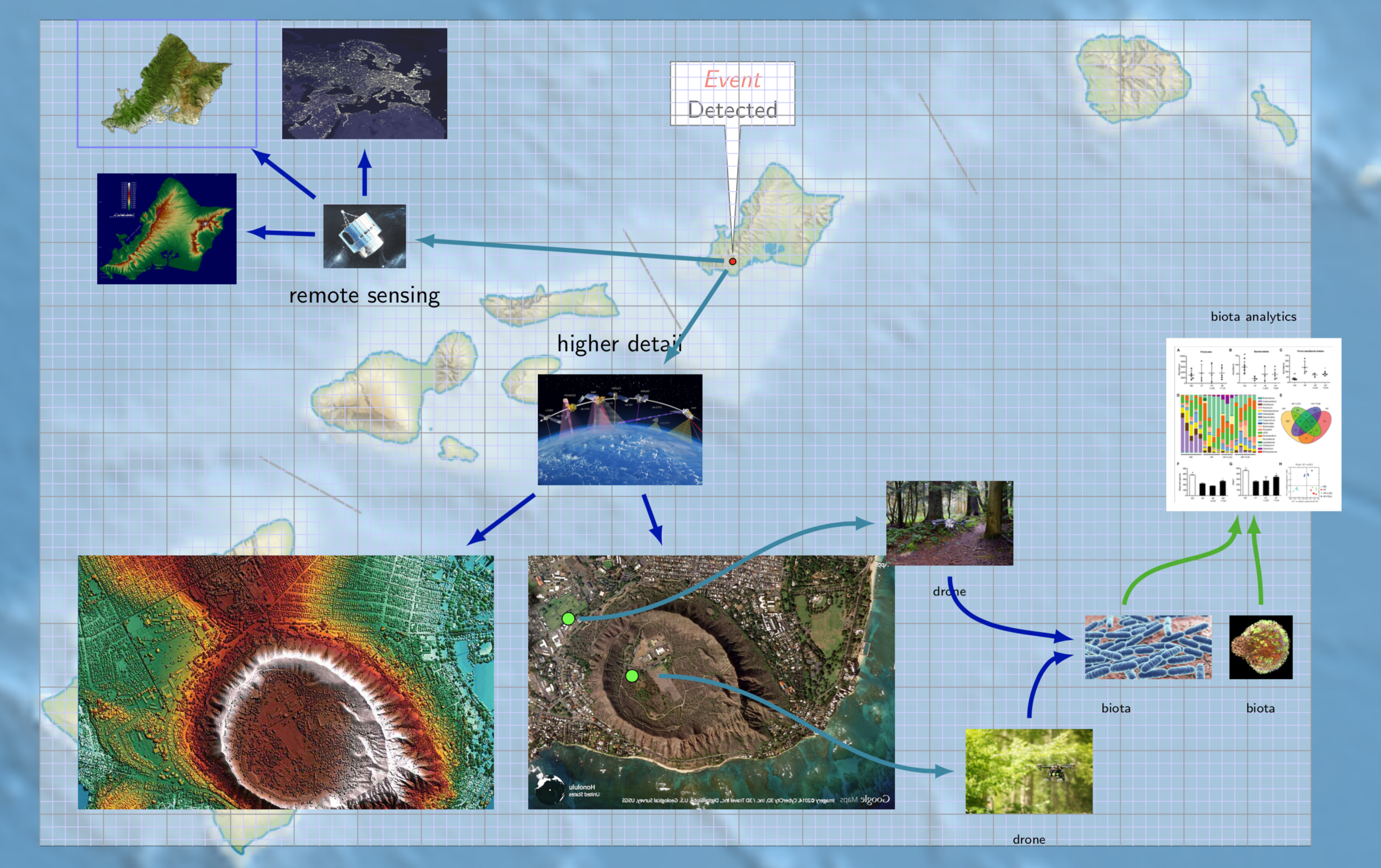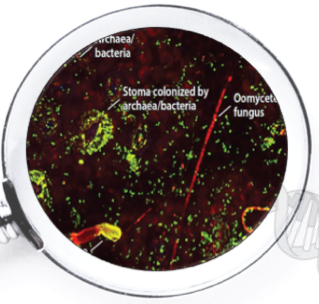The overarching goal of this Consortium is to create a research and education environment to support cross-cutting technologies across three core disciplines: the umbrella of (1) computer and engineering science research specifically in a form of machine learning and high performance computing (HPC) will support and enhance (2) advanced manufacturing and (3) nuclear detection technologies. We recognize that the time of focusing primarily on traditional radiation detection technologies in nuclear security is obsolete; as such, we are looking to employ predictive strategies to enhance our understanding of tomorrow’s needs in nuclear nonproliferation. The core of the research expenditures is directed at student education and support in order to grow the next generation of nonproliferation scientists with strong connections to national laboratories. In our selection of collaborating IHE and lab partners, we strategically focused on areas traditionally underrepresented in nuclear engineering curricula: 50% of the partners are from Electrical and Computer Science disciplines contributing machine learning, HPC, data analyses, networks, microelectronics and advanced manufacturing; 25% are biological sciences, materials, mechanical engineering, chemistry, aerospace and acoustics; the remaining 25% are traditional nuclear engineers including fuel cycle experts, reactor analysts, and radiation detection specialists.
Keywords: machine learning, data fusion, robotics and swarm networks, biota and biological sensors
This project aims to develop methods for detecting and characterizing nuclear material production and processes, such as uranium enrichment and plutonium reprocessing, using physical, chemical, and geological observables and signatures. We focus on wide-area nuclear proliferation detection with initial emphasis on biologically-based sensors.
The project aims to develop both applied and methodological contriubtions in the following areas:
- Data fusion - from multiple biological sensors (and sensor types)
- Planning - to determine when/where/which measurements to take under resource constraints and risk issues
- Machine learning/recognition – collection from some species are more informative than others with regard to monitoring
- Empirical Bayes/ML – the forward model may only be unknown or only partially specified
- Bayesian nonparametrics - to learn contextual/environmental models
- Biota - to integrate the basic science into the sensing model
The result will be a unifed system for performing remote event detection and planning the subsequent mutli-UAV deployments for in-situ biome analysis and data fusion.

Project Title: Consortium for Enabling Technologies and Innovation
Acknowledgement: This material is based upon work supported by the Department of Energy / National Nuclear Security Administration under Award Number(s) DE-NA0003921.
